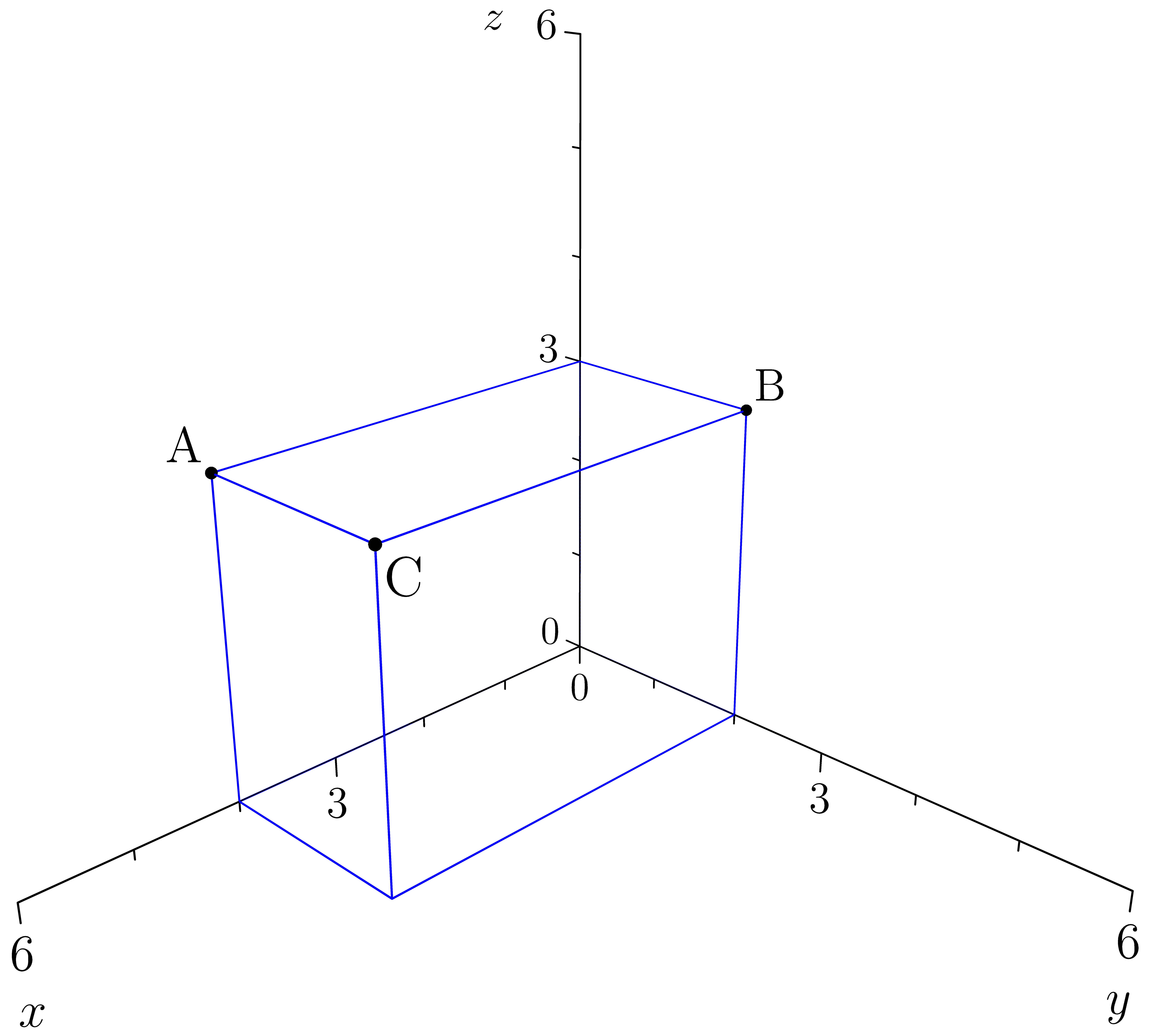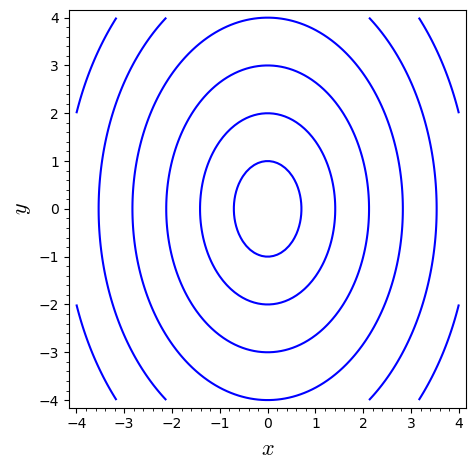5Week 40
5.1 Readings for this week's lectures
Sections 15.1-15.2 in the textbook.5.2 Readings for this week's exercises
Sections 14.2-14.3 og 14.6 in the textbook.5.3 Notes
Partial differentiation
If , then:
To take the partial derivative with respect to a variable, consider the other variable as a constant.
We can, temporarily, consider a function of one variable.
Example: To find : think of as a constant and differentiate as if only depended on .
5.4 Problems
Drag expressions from the boxes at the bottom into the empty boxes, so that the equations are correct.
A function is defined by:
Find:
A function is defined by:
Find:
For the function , find and .
Consider a production function , where is units of capital and is units of labour. is the number of produced units.Connect the statements below with the correct mathematical expressions, by dragging the mathematical expressions on to the correct boxes.
a) With 10 units of capital and 25 units of labour, 5 units can be produced b) With 10 units of capital and 25 units of labour a small increase in units of labour will give approximately 2 extra
produced units per unit of labour c) The more units of labour, the greater the effect on production from an extra unit of capital
For the function , find and .
Find if
- Find the coordinates of the points A, B and C of the box shown below.

Below are shown three level curves for a function .
For each level curve, the value of is shown above the curve.

- Determine and
- Solve the equations and
- Find approximations to and
A function has the contour plot shown below, where the level curves are equally spaced in .


Which of the following functions is shown in the contour plot? Explain how you got the answer.
Eliminate options by considering the answers to the following two questions:
- The level curves lie at a fixed distance along a given line through , e.g., the -axis or the -axis. What does that imply?
- In which direction does the function grow fastest? You can determine that by looking at the distance between the level curves.
Below are shown contour plots for some functions. Match each plot with the correct function. The blue lines are the level curves for . 
Consider the solution to which corresponds to the blue curves in the plots.

Function 1: Function 2: Function 3: Function 4:
Consider the function defined by
Sketch the level curve for where .
Determine the level curve for the function at the value and sketch the curve.
For the function , find , and .
Let
Find , , and
This exercise shows an example where Young's theorem does not hold. You are not required to go through this, but it is provided to those interested.Consider the function , which is plotted below.
The only apparent problem with is that it is not defined at . But the limits as and exist:
We can therefore define a function that is continuous for all including as follows:
Taking the partial derivatives of is straightforward, but rather tedious. If you wish, you can verify that the two first-order partial derivatives are:
- Show that
- Show that
- Calculate and is indicated above.
- What can you conclude?